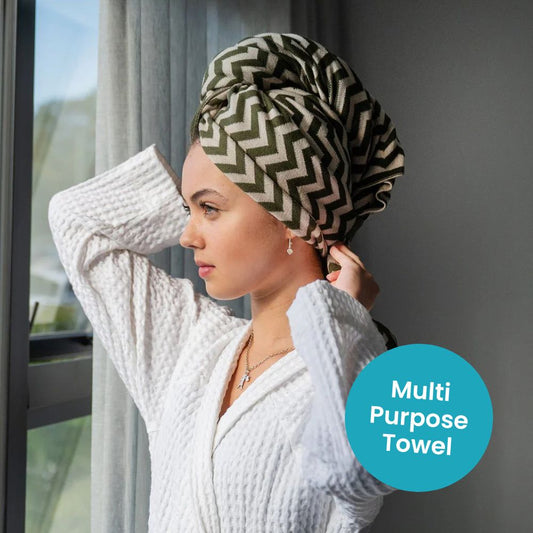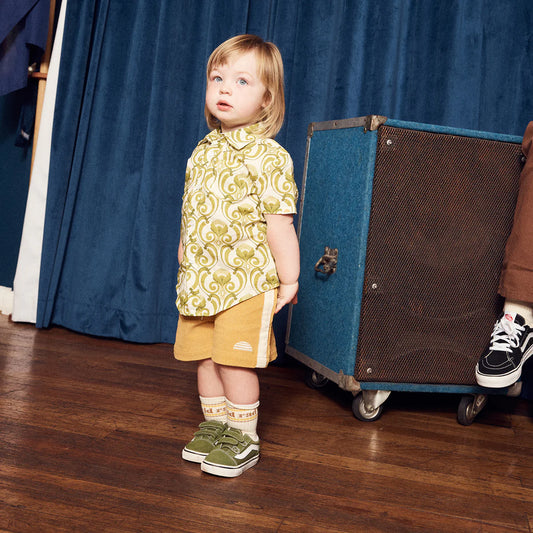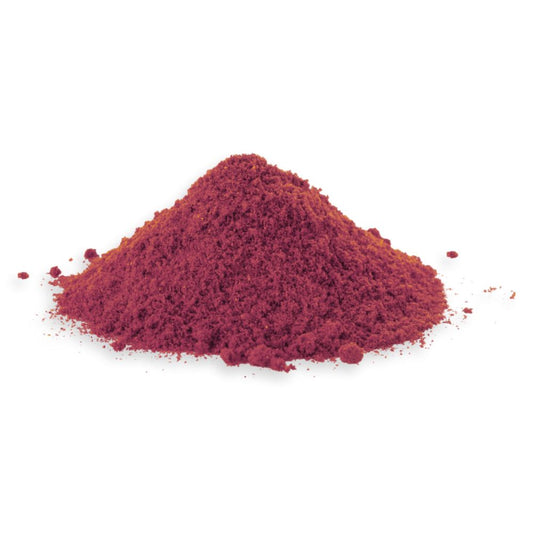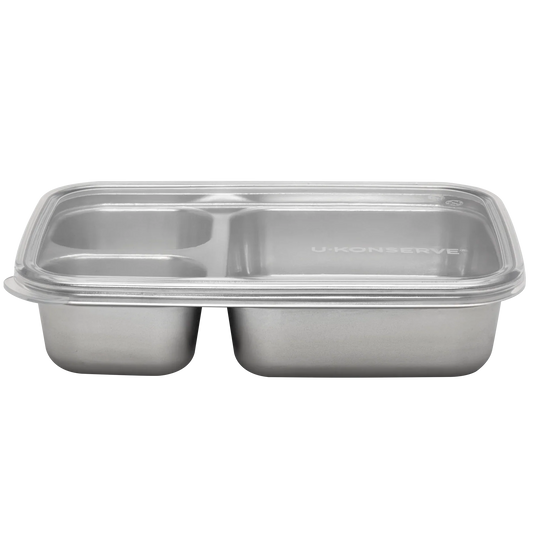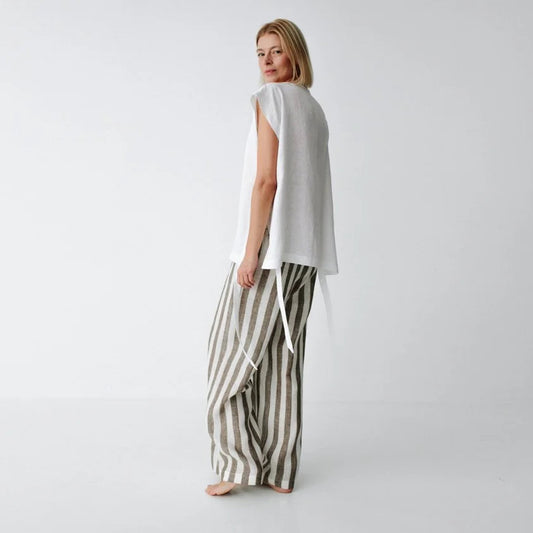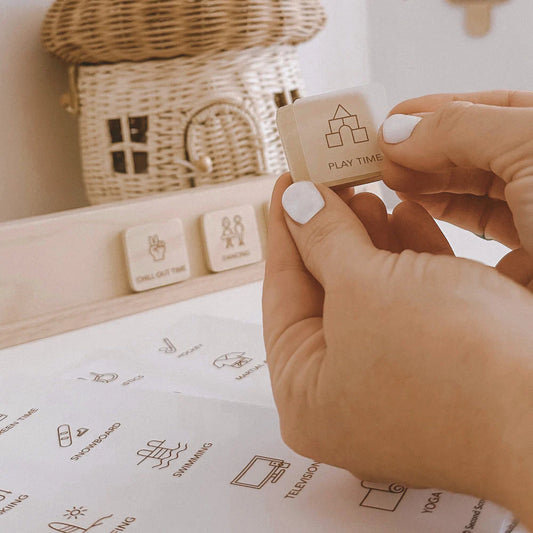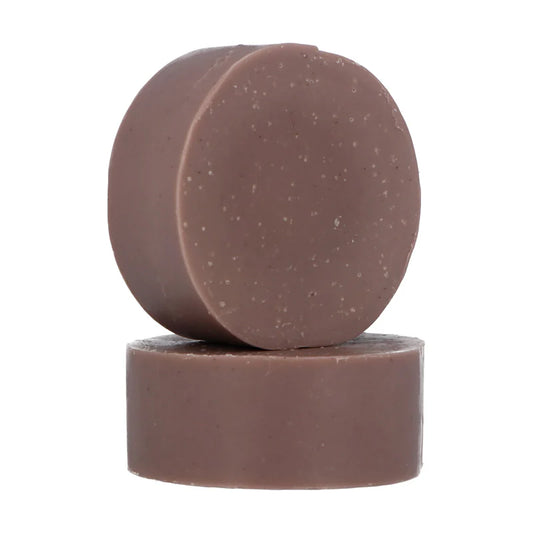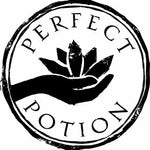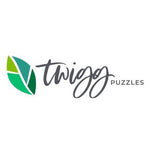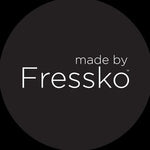Solidteknics Quenched™ pans are made from one seamless piece of Australian iron, pre-seasoned with the natural Quenched finish for a healthy, non-toxic surface that only gets better with age. But with so many shapes and sizes, we know it's easy to get decision fatigue about which one is right for you?
We've sold Solidteknics pans in our stores for many years, so we are used to helping customers find their perfect match. We've captured all that expertise here in this guide — whether you’re flipping pancakes, roasting veggies, or cooking for a crowd.
Overview of the styles & sizes in our range
| Pan type | 20 cm | 22 cm | 24 cm | 26 cm | 30 cm | 31 cm (XHD) |
35 cm | 40×31 cm |
|---|---|---|---|---|---|---|---|---|
| Crepe pan | ✅ | ✅ | ||||||
| Fry pan: Skillet | ✅ | ✅ | ✅ | ✅ | ✅ | |||
| Fry pan: Sautese | ✅ | |||||||
| Wok | ✅ | ✅ | ||||||
| Baking sheet & tray | ✅ |
Crepe pan
Available in 24cm and 31cm sizes, the Quenched crepe pan has very low sides and a wide, flat base for direct heat contact.
Why this one:
It’s designed for foods that need easy flipping and sliding, like pancakes, flatbreads, eggs, or crepes. Easy to manoeuvre a spatula under delicate foods.
When choose it:
Choose the crepe pan if you cook breakfast foods often or want a dedicated pan for flat dishes that cook quickly and evenly.
Tip:
Not the choice for saucy or deep dishes!
Fry pan: Skillet or Sauteuse
Details:
Skillet (20 cm, 26 cm, 30 cm, 31 cm*, 35 cm)
The skillet is Solidteknics’ most popular everyday pan. It has sloped, "conventional" height sides, ideal for quick searing, flipping, and everyday frying. Bowl sides are 4cm deep.
*31cm is Extra Heavy Duty (XHD) — the thickest and most robust, offering professional-grade performance for passionate home cooks.
Why this one:
Pick the skillet if you want a do-it-all pan for everyday cooking — perfect for everything from stir-fries to frittatas.
Sauteuse (22 cm only)
Straight, high sides, making it perfect for braising, simmering, and one-pan meals that need extra depth. Bowl is 5.4cm deep.
Why this one:
It can sauté, sear, fry, roast, bake, and even serve straight from the stove to the table. Great for one-pan meals!
Tip:
The 20-26 cm skillet is ideal for 1–2 people, while the 30–35 cm sizes suit families or larger meals.
Wok
Details:
Available in 30cm or 35cm, with a deep curved bowl. The largest 35cm has dual handles for easy lifting. It has a flat base for modern cooktops and generous depth for high-heat cooking.
Why this one:
It’s perfect for stir-fries, steaming, braising, deep-frying, or making large one-pan meals. The deep sides make tossing and stirring easy without splashing.
When choose it:
Choose the wok if you love quick, high-heat cooking or often cook for a crowd. It’s also great for outdoor cooking on a BBQ or campfire.
Tip:
Ensure you have space to store this higher style.
Roasting pan and baking sheet
Details:
Both the roasting pan and baking sheet measure 405 mm × 310 mm and are made from 2.5 mm solid Australian iron for even heat and long-lasting strength.
The roasting pan is deeper, holding about 5 L, while the baking sheet has low 25 mm sides, giving you a wide, flat surface for fast, even cooking.
Why this one:
Both pieces are designed for excellent heat distribution and crisp, caramelised results.
- Roasting pan is ideal for lasagne, baked casseroles, roast veggies and one-dish family meals that go straight from oven to table.
- Baking sheet is great for cookies, flatbreads, sheet-pan meals, and BBQ use — anywhere you want food to cook evenly and brown beautifully.
When choose it:
Choose the roasting pan if you cook for a family, often entertain or want a heavy-duty pan for large oven dishes.
Go for the baking sheet if you prefer lighter, flatter dishes or want a versatile tray for both sweet and savoury cooking. Both are excellent for everyday roasting or baking.
Size guide
-
Looking for a small, lightweight everyday pan? → 20 cm or 26 cm
-
Want a family-sized / entertainers friend? → 30 cm or 31 cm
-
Love large stir-fries or campfire cooking? → 35 cm bigga
Tip: When deciding on size, consider how many people you usually cook for and how much space you have on your stovetop and in your oven (and in your storage cupboard!).
How much do Solidteknics pans weigh?
Solidteknics pans are made to last a lifetime, so they’re naturally a bit heavier than mass-produced non stick cookware.
- Smaller sizes (20–26 cm) are well-balanced and easy to handle for everyday cooking, weighing up to 1.6kg
- Larger skillets and woks weigh around 2–3 kg, giving them the heft needed for excellent heat retention and even cooking.
- Extra Heavy Duty (XHD) range is the thickest and most robust.
- Bigga 35cm skillet has two handles instead of one to make its weight more manageable.
- Baking sheet and roasting pan weigh around 4kg.
Their weight is part of the design — solid Australian iron that won’t warp, heats evenly, and will serve you reliably for decades. Solid craftsmanship = lasting performance.
Care and maintenance
Quenched pans are simple to maintain. After cooking, you simply wipe clean or rinse with warm water, dry thoroughly, and apply a thin film of oil. Learn how to season and care for Solidteknics >
Final checklist
-
Do you cook mostly breakfast foods? → Crepe pan
-
Want a versatile everyday pan? → Fry pan/skillet
-
Love stir-fries and high-heat cooking? → Wok
-
Roast or bake for family and friends? → Roasting pan
💚 Two Most Popular Pan Picks
If you’re unsure, start with either of these great all-rounders:
🥄 26cm Skillet — everyday versatility
🔥 30cm Skillet — more volume for bigger meals, hosting, meal prep
FAQ's
Q: Are Solidteknics Quenched pans suitable for all cooktops?
A: Yes — all Quenched pans are made from solid Australian iron and work on gas, electric, ceramic, halogen, and induction cooktops, as well as in the oven or on a BBQ. For induction, ensure the base makes good contact and isn’t bigger than the zone. On other cooktops, make sure the pan sits flat and stable for even heating.
Q: For frequent roasting or oven-to-table use, does size matter more than shape in the Quenched range?
A: Surface area matters most. A larger base (30–31 cm skillet or roasting pan) ensures even caramelisation and space to spread vegetables or proteins. Shape is secondary: skillets suit smaller roasts, while the roasting pan gives extra depth for entertaining. If oven space is tight, measure first.
Q: Which size Quenched pan is best for outdoor or BBQ use?
A: The 30 cm or 31 cm skillet is ideal for open flame or BBQ cooking, sturdy enough for family meals. The wok also works well outdoors for stir-fries or one-pan dishes.
Q: If storage or weight is a concern, what’s the smallest Quenched size that still gives good versatility?
A: The 26 cm skillet balances size, weight, and performance. It fits most ovens and cupboards and cooks complete meals for one or two. The 24 cm crepe pan is lighter for breakfasts or flat dishes, but the 26 cm skillet is more versatile.
Q: Skillet, crepe pan, or wok – how do I choose?
A: Consider how you cook most nights. For breakfasts and quick flips, the crepe pan with low sides is effortless. For all-round cooking — frying, sautéing, even oven dishes — the skillet is your go-to. And for stir-fries, noodles, or larger family meals, the wok gives the depth and heat you need.
Q: Which pan works best for family meals or one-pan cooking?
A: For larger portions or one-dish dinners, the 30 cm or 31 cm skillet is ideal, giving space to sear, simmer, or bake straight in the oven. For deeper, saucier dishes or bigger serves, the 30 cm wok handles curries, stir-fries, or hearty pasta. And for big oven roasts or baked meals, the roasting pan is perfect for feeding a crowd.









